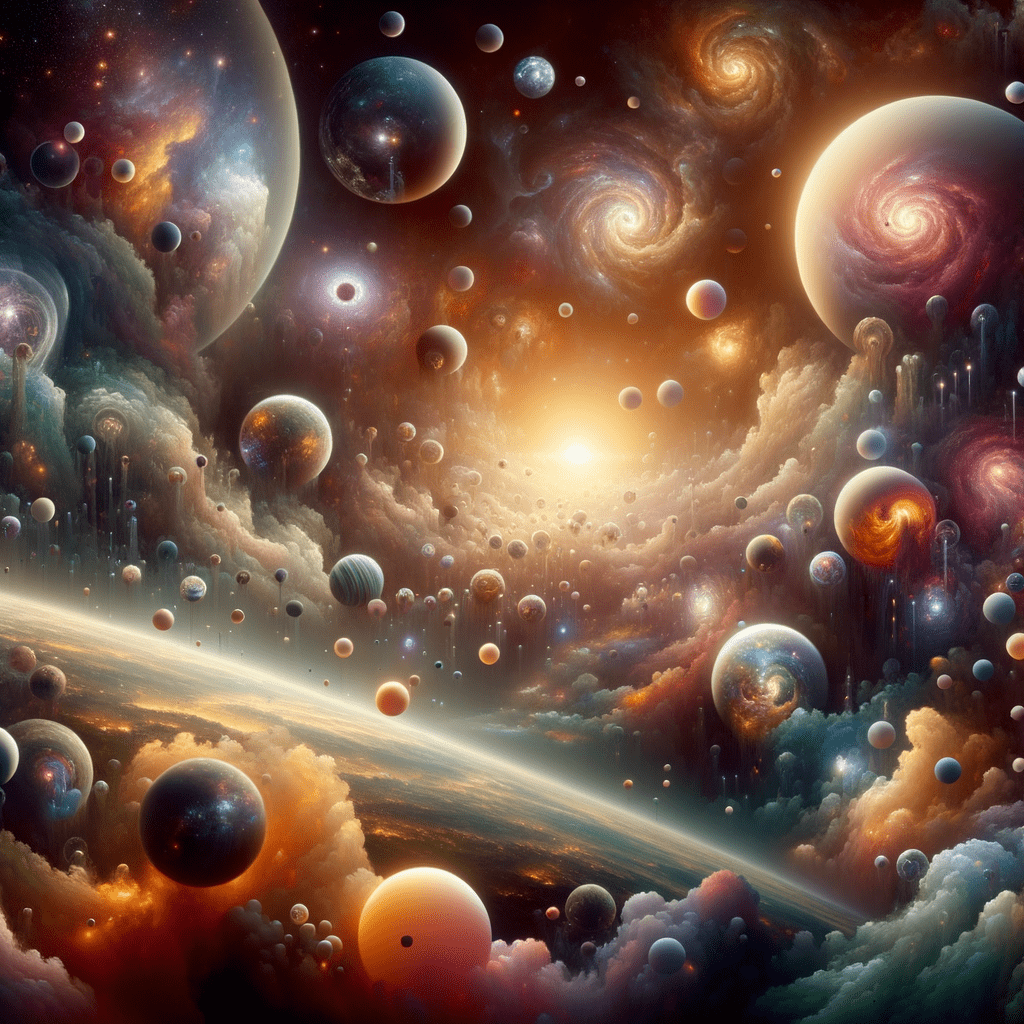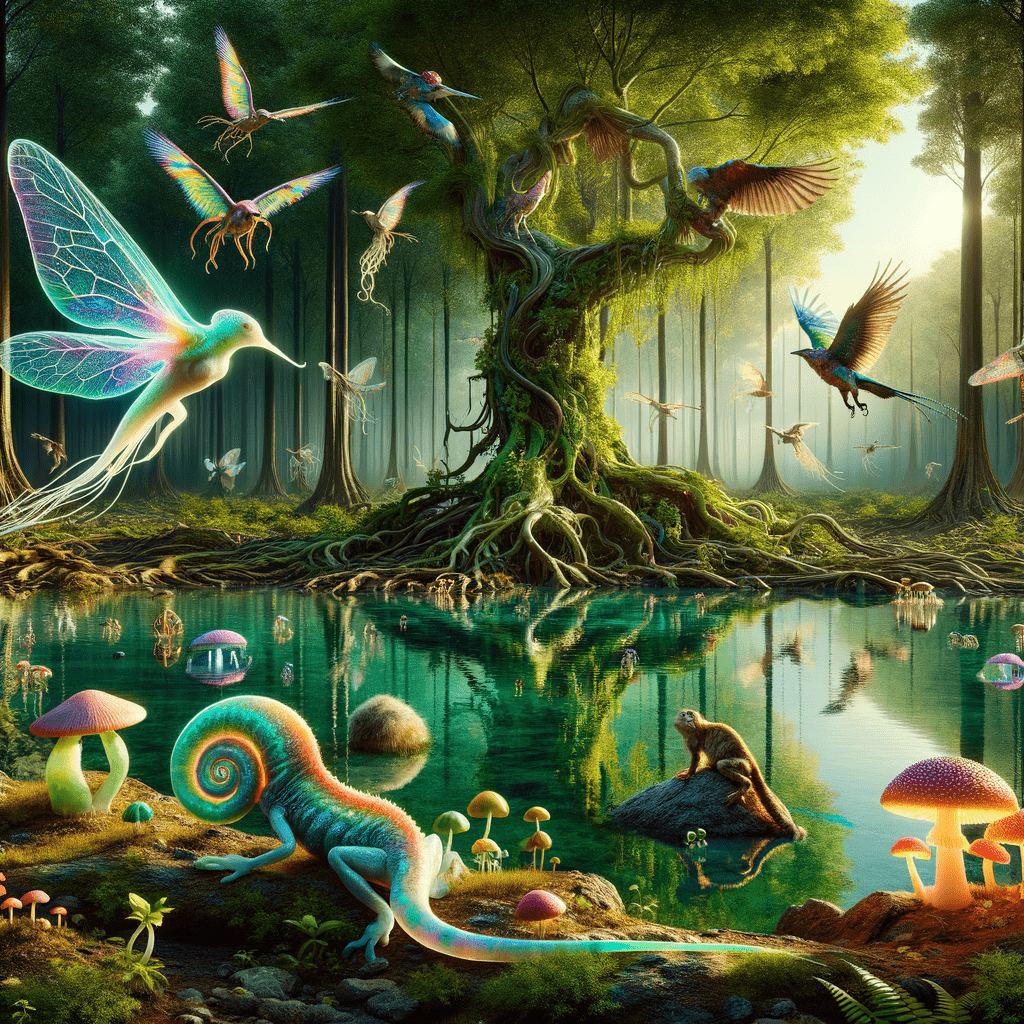I still chuckle when I think back to the first time an optical illusion duped me. It was one of those infamous images—you know, where you see two faces, but then, out of nowhere, it’s actually a vase or a candlestick. My brain was, like, completely flabbergasted, trying to figure out the wizardry behind it. I couldn’t help but ponder: How in the world do these things work? Why does my brain seem to love tripping over itself with these visual shenanigans?
Honestly, it’s wild to think about it. Our brains, these intricate powerhouses, can get hoodwinked by some slick design or clever doodle! Those illusions aren’t just here for a good laugh, though—they give us this tiny peek behind the curtain of perception and how our brains piece our world together. It’s kinda like getting a backstage pass to the workings of our own minds. Cool, right?
Our Brain’s Role in Perception
So, down in the depths of optical illusions lies the complex tango between our eyes and brains. Our eyes, impressive as they are, don’t deliver a pristine picture; instead, it’s a mishmash of colors and forms. And that’s where the brain comes in, our personal film editor, stitching these visuals into a story worth watching.
Now, here’s the quirky bit—the brain? It’s super busy, running through a constant barrage of visual info every second of our waking lives. To manage all that, it leans on mental shortcuts, or what those smarty-pants scientists call “heuristics.” They’re like the fast lanes for our brains to make sense of things. And sometimes, whoops, these shortcuts take us down the rabbit hole to optical illusion land.
When certain designs, colors, or spaces show up, our brain takes a shortcut and ends up taking a detour into visual trickery town. It’s like the brain’s little “oopsie-daisy” moments. Odd as they might be, these are key to understanding just how perception plays its game.
Playing with Perspective
Now, one of the funniest bits of optical illusions? The way they tinker with perspective. If you’ve ever seen those sidewalk chalk drawings that jump off the pavement in 3D from just the right spot, you know what I mean. It feels like our beliefs are having a dance-off with logic. My inner kiddo? They find it equal parts hilarious and baffling.
These illusions mess with linear perspective—those trusty parallel lines that seem to touch as they head into the distance. Our brains latch onto these cues so dearly that when an artist fiddles with it, the art springs to life. Even though it’s as simple as lines on paper, my brain goes, “Whoa, hold up, what’s going on here?”
The Color Conundrum
Oh, color illusions! They’re an enigma all their own. If you’ve ever swapped a light bulb only to find everything looking vastly different, you know what I’m talking about.
Our perception of color is a two-part performance, starring our eyes and brains. Colors are what our brain deciphers from different light wavelengths—but swap the lighting or surroundings, and suddenly the color seems to do a disappearing act. Ah, “The Dress”… was it blue and black, or white and gold? That nearly broke the internet because the lighting made our eyes see one thing and our brains another.
Our brain is always in action, adjusting to the light source so it can guess the “real” color of the object. This mental juggling act usually gets colors right, no matter the light. Still, as “The Dress” showed us, weird lighting can send perceptions scattering like marbles on a tabletop, diving into a twirling debate that leaves everyone scratching their heads—or posting about it.
Motion on a Still Canvas
And have you ever come across a picture that seems like it’s moving, even if it’s flat as a pancake? It’s both eerie and, let’s admit, gripping.
These static motion illusions mess with how our visual system clocks movement. See, our eyes do these tiny jumps called saccades. When bright spots or vivid hues are in the mix, these jumps can conjure the illusion of motion. Freakin’ neat, huh? Almost like our eyes are spinning a DJ track, remixing stillness into motion.
Even seasoned magicians take a leaf from these visual illusion playbooks. Those same principles behind a still image coming alive are at the heart of sleight-of-hand magic tricks. Next time you’re floored by a card trick, remember: it’s clever cue manipulation, not wizardry!
Beyond Flat Images: The Ambiguous Object
While many optical illusions stick to flat images, things don’t stop there. Ambiguous object illusions enter the ring—objects that bewilder, looking downright impossible or like M.C. Escher himself had a hand in them.
Take the Necker Cube: just a bare-bones line drawing of a cube. But if you stare, it spontaneously shifts its orientation. Depending on your view, a different face pops to the forefront. This perception flip-flop happens because our brain yearns for symmetry and patterns and will try to tie up the loose ends or resolve the otherwise unsolvable.
It’s a gentle nudge that our mental gears prefer resolution and simple conclusions but sometimes, these don’t exactly lead us correctly.
The Emotional Roller Coaster
A really mind-bending part of optical illusions is the emotions they stir up. Who doesn’t revel in the surprise and wonder when an image reshapes itself right before their eyes? It’s like glimpsing into a quirky parallel universe of perception.
But, there’s also a dose of frustration. A mix of exasperation, because it just feels like there are mysteries running just out of reach. I know I’ve locked eyes with those Magic Eye images, squinting hard enough to develop wrinkles, determined to decode the hidden image. There’s a stubborn streak of determination in there, a drive to decipher the unfathomable. Who’d have guessed a simple drawing could encourage such persistence?
Some illusions even stir up debates about how much we trust our senses, pushing us to reflect on the brain’s funny quirks and reminding us that what we perceive might not always match reality. It’s kinda like a campfire story, where instead of phantoms, it’s all about the clash between what we see and what truly is.
Optical Illusions in Everyday Life
You know, life is brimming with optical illusions, whether we notice them or not. Our brains are continually deciphering chaotic environments, making assumptions, and filling gaps. Ever thought someone familiar was walking toward you, only to find you’re waving at a coat rack? That’s your brain doing a little fill-in-the-blanks.
Designers and advertisers jump on optical illusions, using them to snag our attention with these captivating visual tricks. Those outdoor ads that look like they change while you walk past? Same principles as those stunning chalk artworks.
It’s extraordinary, and maybe even a bit unsettling, that what tweaks our perception can have such real-world impact. Yet, maybe it’s just a nudge to find that sweet spot between doubt and belief, questioning what we see while drinking in the magic of it all.
In Awe of the Marvels
In all honesty, optical illusions are a testament to the wondrous capability yet fallibility of the human brain. They show us that seeing isn’t always synonymous with believing. Our visual system, for all its brilliance, is an imperfect wonder, teasing our curiosity.
I dive into these optical illusions with child-like glee yet also with a curious scientist’s eye. They’re fleeting, sparkly moments that expand my understanding of our perceptual complexities. They challenge us to delve deeper than first impressions and recall that looks can be deceiving. Our world, dazzling with forms and hues, holds secrets beyond initial glances—and that’s its real charm.
So, when an optical illusion wraps your brain into a pretzel next time, give it a tip of the hat for the peek it gives into our perception theater. In these visual enigmas, we find a place to marvel at how reality, perception, and belief twirl together in our mind’s eye.



